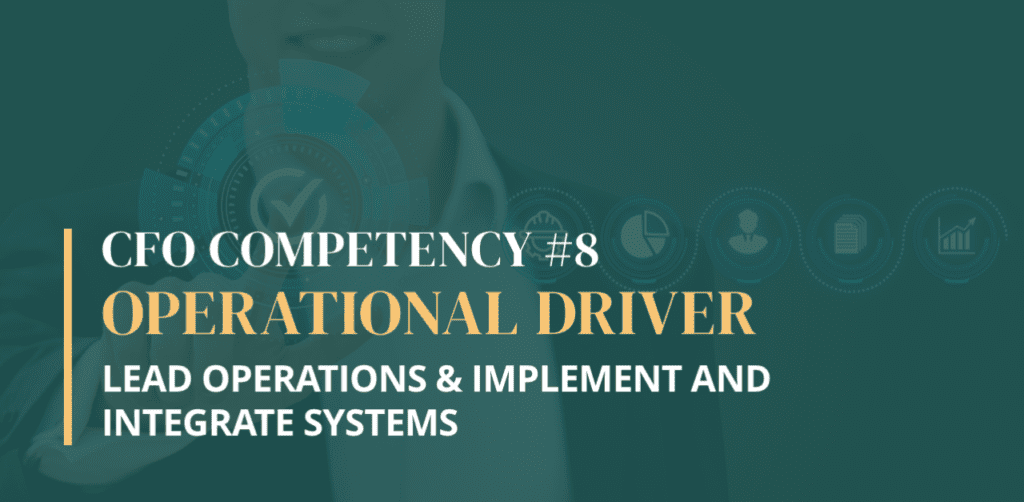Scoping for Growth – Strategising for the future

[Blog by Chris Tredwell]
It is no secret that commercial businesses exist to create profit for shareholders. Growth remains at the heart of the strategy employed by most organisations striving to increase their profits, with resources expended across the organisation the quest for greater profits.
But many businesses struggle to adequately prepare for future growth. This can include a failure to sufficiently arm the workforce with the necessary skills required to address the issues of the future, refusing to adapt to their market changing around them, or failing to invest in the necessary infrastructure required to facilitate organisational growth.
In this blog, we will look into a variety of common growth strategies and what businesses can do now to be best prepared for future growth.
Options for growing the business
Strategies for growing businesses are various, and will usually depend on the context of the organisation, including analysis of the business environment, inform what strategy the business is best-placed to develop for success.
Organic Business Growth
Organic business growth is usually found within embryonic businesses, that have found a growth in demand for their product or service simply by existing. Organic business growth does not usually bring about huge returns, as exposure to the business is reliant upon word-of-mouth marketing.
Strategic Business Growth
The first foray for most businesses looking to strategically grow. Mintzberg famously discussed the difference between “Intended” and “Emergent” strategy, reflecting on the requirements for businesses to both have specific strategic planning and targets, whilst remaining receptive to new opportunities and being able to react to the business environment.
Mergers and Acquisitions
For larger organisations with financial muscle, achieving growth through the use of mergers and acquisitions is a rapid way to achieve growth. In addition to an increase in revenue streams, assets such as the brands, office space, intellectual property and patents, are also often acquired, adding immense value to the acquiring organisation.
The Ansoff Matrix
Many of you will be familiar with Ansoff’s matrix, a strategic planning tool commonly used across organisations planning their future growth.
As you can see the matrix outlines 4 further strategies for growth.
Market Penetration
Market penetration is the most common and least risky of the four growth strategies in the matrix. Market penetration focuses on what the business already does and improves upon it.
The clearest example would be to improve the market share within the existing market through a coordinated marketing strategy that seeks to sell to new customers that are using a competitor’s product. Alternatively, this strategy could also be used to attempt to increase revenues from existing customers, commonly through loyalty schemes.
Product Development
As the name suggests, this strategy involves developing the existing product within the market the business already operates in. This could include creating a premium version of their product, or could be done through the acquisition of a similar product of a competitor.
Market Development
This strategy is where the business takes its existing product, and attempts to sell the product in new markets. This could include beginning to trade in foreign markets internationally, or a manufacturer of mechanical parts that has traditionally sold to the automotive industry decided to engage and sell to the aviation industry.
Diversification
Diversification is the riskiest of the four growth strategies in the matrix, wherein the business enters a new market with a new product. This could be because the business has the capabilities to create a product that has recently seen dramatic demand. A recent example of this would be the number of manufacturers now selling PPE to healthcare organisations in the wake of the pandemic.
Preparing for Growth
All of the strategies outlined above, barring organic growth, require some level of preparation. Pushing for growth will almost certainly come at a financial cost, whether that is through the cost of acquisition, in R&D for product development, or in marketing expenditure as you try to reach more potential customers. Therefore ensuring your cash flow is healthily maintained will go a long way to increasing the probability of successful growth.
Furthermore, the ability to be flexible and to adapt to situations as they happen is essential for business growth. Mintzberg’s work on intended and emergent strategy highlights how despite the best efforts of any organisation to successfully plan their strategy, adapting to events and opportunities will always be a key part of any business strategy.
However, part of the planning process involves preemptive strategies to circumnavigate the most likely issues. A huge problem for organisations acquiring a new business is the ontake of the existing technical infrastructure within that organisation, and making decisions to assimilate the software/hardware and incorporate it into the existing business will cause a headache for IT departments.
Finding the Solution
If your organisation is preparing for growth through acquisition, then it is essential that your business systems are both flexible yet sturdy enough to take on additional business information.
When it comes to accounting, adopting a cloud-based solution will negate many of these issues. This can be for a host of reasons:
- True cloud solutions will allow you to increase or decrease the number of users with great ease and will charge you as a subscription service, ensuring that you only ever pay for the number of users that are in use at any given time.
- Multi-company accounting can be easily set up in systems such as Aqilla, where the modular nature of the system can be arranged for multiple company accounts to feed into each other in real-time, resulting in the ability to have a real-time view on how all the businesses are operating, either individually or collectively.
- Cloud systems commonly use APIs that enable multiple business systems to interact and work together. This means that if cloud-based systems already exist in the acquired business, then those systems may be maintained with minimal disruption during the takeover period.








Responses